By Kevin M. Hymel
Lieutenant General Omar Bradley, commander of the U.S. First Army, considered his 90th Infantry Division a problem unit. Its performance in the first part of the Normandy campaign was so poor, its leadership so bad, and its morale so low that Bradley’s exasperated staff recommended breaking up the division and using its soldiers as replacements. Bradley, however, believed that proper leadership could save the division and make it a fighting machine.
The 90th had landed on Utah Beach on D-Day, June 6, 1944, and attacked a veteran German division four days later. In the tight hedgerow country, the inexperienced Americans made little progress but took heavy casualties. The unit’s poor fighting ability was noticed by more than senior American commanders. The Germans also took note. An American paratrooper, making his way back into the American lines one night, walked right through the 90th’s front line and was neither shot at nor challenged. He noticed infantrymen digging foxholes in the middle of open fields and piling up the dirt on the sides of their holes; he tripped over a number of trip wires without drawing any attention, and he kept walking until he reached the division’s artillery, where he was finally challenged.
Tough Hombres
The unit’s crest, T and O, stood for Texas and Oklahoma, the home of the division’s officers in World War I. The men, however, preferred the letters to stand for Tough Hombres. But the division’s leadership failed to live up to the aggressive title. Brig. Gen. Jay W. Mac-Kelvie had taken command of the unit two months prior to the Normandy invasion. After the first failed attack, Maj. Gen. J. Lawton Collins, the division’s corps commander, replaced MacKelvie with his deputy corps commander, Maj. Gen. Eugene Landrum, who had fought in the Aleutians and captured Attu.
Landrum promised to clean house and get the division moving, going so far as to promise Bradley a “saltwater cocktail” from the other side of the Cherbourg Peninsula. But Landrum failed to get results. His July 22 attack on St. Germain-Sur-Seves was thrown back by fewer than 30 German paratroopers, and 250 Tough Hombres surrendered, the largest surrender of Americans in Normandy. An unsatisfied Bradley relieved Landrum after only two weeks in command.
Bradley next picked Brig. Gen. Teddy Roosevelt to revive the division. Roosevelt, the tough-fighting son of former President Theodore Roosevelt, had fought in North Africa and Sicily. He returned to the war with the 4th Infantry Division, landing with the assault troops at Utah Beach on D-Day, personally exposing himself to fire and leading men forward. Unfortunately, Teddy Roosevelt died on July 12, two days before Bradley’s request reached General Dwight D. Eisenhower, the Supreme Allied commander.
Bradley finally found a solid leader on July 30. Brig. Gen. Raymond S. McLain made a name for himself with the National Guard serving on the Mexican border and in Europe during World War I. He proved his leadership abilities in Sicily as the artillery commander of the 45th Infantry Division, where he spurned his command post in favor of spending time with the troops. McLain quickly proved himself to the Tough Hombres. When returning from a visit to his frontline troops, he and his jeep driver blasted through a German roadblock with McLain firing his mounted .50-caliber machine gun at the enemy. The 90th had found its leader.
To aid McLain, Bradley sent Brig. Gen. William Weaver to serve as assistant division commander. Weaver had been the chief of staff for Services of Supply. Despite his seemingly inconsequential position, Weaver was a no-nonsense warrior who led by example. McLain and Weaver went to work immediately. McLain would introduce himself to the troops and then yank Weaver over to him and say: “This is Wild Bill Weaver, with a rugged face and a rugged character.” Within two days, they had relieved 16 field officers.
‘Put on Your Neckties”
Things were beginning to change for the 90th. McLain also had a fresh set of commanders to answer to. The 90th was placed under Maj. Gen. Wade Haislip’s XV Corps in General George S. Patton, Jr.’s newly activated Third Army. One of the first messages sent from Patton read: “Put on your neckties.”
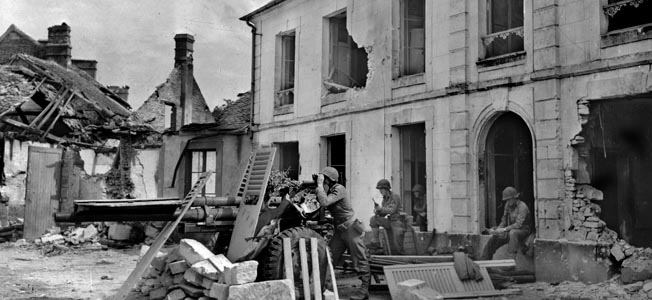
The terrain also changed. With the capture of Avranches the 90th was out of the hedgerows and fighting on open land. Additionally, Avranches’s capture ripped open the German left flank, resulting in an opportunity to prosecute Patton’s style of mobile warfare. Patton put the foot soldiers into trucks racing eastward, and the 90th had yet to prove itself in a fight.
Change was not instantaneous. On August 1, the day Third Army became operational, Patton came across some 90th men lying in a ditch and asked, “Who’s in charge of this recon?”
A shaken sergeant spoke up: “I am, sir.” Patton then impatiently asked, “Can you tell me, sergeant, why you’re stopped here, sunning yourself in a ditch?”
The nervous sergeant stumbled over his words, “To reload and regroup, sir.” Patton was not satisfied. “Bullshit!” he snapped, and laid into the NCO with a string of curse words. Finished, Patton climbed into his jeep and sped away.
Things did not go much better the next day. Patton visited the division along a road east of Avranches. He yelled at officers who jumped from their vehicles at the sight of high-flying German planes. He walked two miles down the road, talking to the Tough Hombres as they passed. He called men riding on tanks babies and waited as they dismounted.
That night he confided to his diary, “The division is bad, the discipline poor, the men filthy, and the officers apathetic, many of them removing their insignia and covering the markings on their helmets.” He concluded: “They seemed normal but are not in hard condition.” But Patton did see some positives. The next day, while visiting McLain’s headquarters, he monitored General Weaver’s attack on St. Hillaire, which was soon captured.
Task Force Weaver Advances on Mayenne
With St. Hillaire in American hands, the 90th attacked toward Mayenne, a town 30 miles southeast of Avranches and a key objective for the encirclement of the German Seventh Army. With most of Patton’s armor heading west into Brittany, the capture of the town and its three vital bridges over the Mayenne River would give Patton an excellent location to begin the western encirclement once Bradley consented. McLain put Weaver in charge of a special task force to advance quickly to seize the town.
Task Force Weaver was composed around the 357th Infantry Regiment, with the 712th Tank Battalion, a company from the 607th Tank Destroyer Battalion, and the 345th Field Artillery Battalion providing fire support. The 90th Recon Troop acted as the task force’s eyes, and the 315th Engineer Battalion cleared mines and obstacles. A squadron of Republic P-47 Thunderbolt fighter-bombers provided air support, and a company from the 315th Medical Battalion cared for the wounded.
As the sun rose on August 5, the task force headed out from St. Hillaire with the armor and reconnaissance cars up front, acting as a screen, while the infantry-laden trucks followed close behind. Other elements followed, averaging 20 miles an hour. People lining the streets threw flowers at the advancing soldiers. When the columns slowed, the locals ran forward and offered bottles of wine. Members of the French Resistance offered information on enemy positions.
“The men seemed to sense the fact that something big was in the wind—an undercurrent of excitement seemed to go down the column and you could almost see the men’s spirits rise,” reported Colonel George B. Barth, the regiment’s commander. “Morale was on the way up.”
Clash With German Armor
Around 2:30 pm, the task force reached the outskirts of Mayenne where two reconnaissance vehicles blew up at a mined roadblock. German infantry opened fire with machine guns and antitank weapons from the woods on either side of the road. Barth rushed forward through enemy fire to direct his mortar teams, then followed with a company-strength assault. The men quickly took the roadblock. The battle to capture Mayenne was on.
Weaver, scouting up front with carbine in hand, decided on a two-pronged attack, sending a battalion under Major Edward Hamilton to attack the only remaining bridge in the center of the city, while two other battalions under Colonel Barth headed south to cut off the routes leading out of the city to the east.
Hamilton pushed his men and tanks forward, encountering only slight resistance. To ensure no surprises, his artillery and tanks blasted the suspicious-looking high ground on the western edge of the city. Hamilton’s men captured the western section and discovered the Germans had destroyed two of the three bridges spanning the Mayenne River.
To get a better view of the remaining bridge, a lieutenant set up an observation post in the attic of a house fronting the river. He found the position by shooting the locks off the doors leading upstairs. From this vantage point, he could see that the bridge was rigged for destruction with eight 500-pound aerial bombs. On its eastern edge the Germans had posted two 88mm guns, a 20mm weapon, and a few tanks.
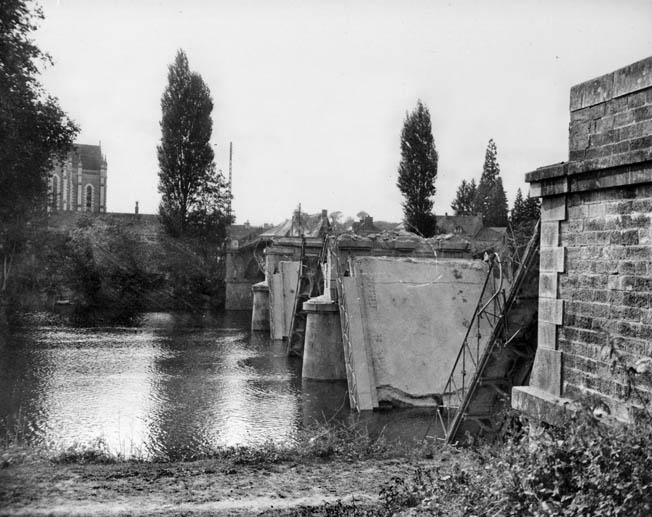
As the Americans pondered the best way to capture the bridge, they came under fire from the Germans on the east bank. On the west bank, a German tank rolled south, heading for the Americans. Hamilton called artillery on the tank and ordered his antitank platoon north to block any other attempts to flank his left. As the men rolled their weapon across the street, German artillery opened up, killing one man and wounding two others. The German tank was quickly dispatched.
Sherman tanks then took up positions along the river and began firing at the Germans. Behind Hamilton, a lone German vehicle rolled up, intending to cross the bridge. The occupants did not realize they were now in American territory. A single blast from a tank destroyer at point-blank range ended the vehicle’s journey.
“The result,” reported Hamilton, “was carnage.” When a French civilian was hit by the exchange of fire, Staff Sergeant Charlie Lancaster broke cover, raced over to him, and carried him to safety.
“Follow Me!”
Hamilton’s men readied for their assault. He planned to hit the far bank with a 10-minute artillery barrage. As soon as it ended, infantry would rush across the bridge, followed by a squad of mine-detecting engineers who would precede the tanks, making sure the bridge was safe for the tanks’ advance. Machine gunners firing from buildings lining the river and a wall along the west bank would provide covering fire.
The plan soon broke down. The artillery pieces began pounding away at the German positions at 5:50 pm. One round hit the 88mm ammunition, sending a huge blast into the air and a pall of smoke over the attack route. When the artillery fire lifted, the lead infantry platoon froze and would not move. The first tank, commanded by Lieutenant Charley Lombardi, had already cornered the road paralleling the river and was heading over the bridge, cannon firing.
Seeing this disaster in the making, Lieutenant Burrows Stevens called, “Follow me!” and ran out behind Lombardi’s tank. He followed it over the bridge, emptying his only weapon, a German Walther P-38 pistol.
Inspired by Stevens’s courage, the platoon and two engineers followed. Along with the hail of machine-gun and small-arms fire, the enemy also fired a few rounds from the 20mm down the length of the bridge. One shell tore into engineer James McCracken, and he “momentarily seemed to disappear,” Hamilton recalled. The round that killed McCracken also tore the leg off the other engineer.
The infantry was left to cut the wires leading to the bombs while the tank reached the opposite bank. Led by Staff Sergeant Raymon Lopez, the men then began tossing grenades into cellars and shooting at every window they saw. Lombardi’s tank rolled off the bridge and into a side street, where it blasted a German gun and its crew, and then churned up the high ground at the far eastern side of the town.
Lieutenant Stevens’s men found themselves alone. The follow-up platoon also froze, scrambling into doorways along the street for protection. As Major Hamilton charged down the street, ordering the men to fire their weapons, a lieutenant began pushing men out of their hiding places. As this was going on, Stevens appeared, having recrossed the bridge in search of his reinforcements. Finding the platoon’s lieutenant paralyzed with fear, Stevens ordered the platoon sergeant to get the men moving. Stevens then assured the cowering men that the first platoon had made it with no casualties (a lie since he had passed McCracken’s lifeless body on his return trip) and that all the Germans next to the river had been cleared out.
With Stevens’s convincing and other officers and NCOs pushing and cajoling, the second platoon moved out. A platoon of tanks followed. As the men began their charge, a German vehicle drove down the road toward them. A bazooka man halted it with a single shot from his weapon. It turned out to be an ambulance packed with 12 wounded men. Miraculously, none were hurt from the round.
The men, under fire, then stormed the bridge. An enemy bullet bounced off a sergeant’s helmet and killed the soldier beside him. Stevens stopped along the way and picked up the M-1 rifle lying next to McCracken’s body. “Had to wipe the blood off it,” Stevens recalled.
“We Took a Chance and Were Lucky”
Meanwhile, to the south Barth led the maneuver force down to the river’s edge, encountering only sporadic rifle fire. The men found a skiff and a large, leaky boat for their amphibious assault. For oars, the men tore down a nearby fence. Barth crossed with the first flotilla at 7:20, then went back to manage the other shifts. The rest of the men climbed out of the boats on the east bank and up the wooded hillside.
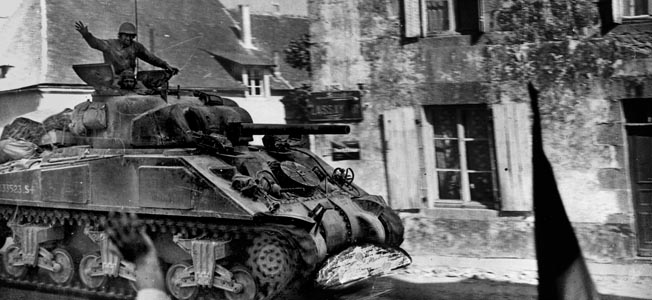
One of the men, Captain Max Kocour, spotted a French farmer, who put his finger to his mouth to make the “quiet” sign and pointed to a certain door on his farmhouse. Kocour cocked both his M3 “grease gun” and his .45-caliber pistol and moved along the wall to the door. Peering inside, he spied three Germans sitting around a table eating lunch. Their rifles were stacked near the door.
Kocour stepped in, between the Germans and their weapons, and ordered “Hande hoch!” The Germans only half-heartedly began to obey. Kocour, furious, shouted, “Patton, ser gross panzer! Erschiesen sie!” [Patton has large tanks. They will shoot you!] It worked. The Germans threw their hands up. The Frenchman and four of his friends collected the rifles and helped Kocour escort the prisoners down to the river. Kocour sang “The Star Spangled Banner” while the Frenchmen cheered “Vive Americain!” as they went.
While Kocour was capturing his quarry, inflatable rafts arrived on the west bank and more men crossed. By 8:30, two battalions were safely across and making their way east to block the roads. “We took a chance and were lucky,” remembered Barth.
Securing Mayenne
Back at the bridge, Lieutenant Stevens reorganized his scrambled units and sent them out to protect the bridgehead. Lieutenant Lombardi, who had led the attack in his lone tank, went back to replenish his ammunition. More men, tanks, and tank destroyers rolled over the bridge and spread out, expanding the position. They reached some railroad tracks where they spied a German tank. But before the men could engage, the tank turned and rushed out of the city. Stevens’s men pushed through the town until they made contact with Barth’s men. The linkup was complete. Mayenne and its bridge were safely in American hands. The Americans immediately began setting up a defensive perimeter east of the city.
As it grew dark, General Weaver ordered a halt and organized an all-around defense of the city. All night long, Germans stumbled into the 90th’s positions. The Americans bagged large numbers of Germans who were bewildered to find their enemy so far forward. When four German vehicles drove into La Ferichard Hotel, which was serving as Colonel Barth’s command post, an American platoon knocked out each vehicle and rounded up the prisoners outside the hotel’s front door. “The Germans apparently had no idea where we were and stray vehicles kept barging into the town,” explained Barth.
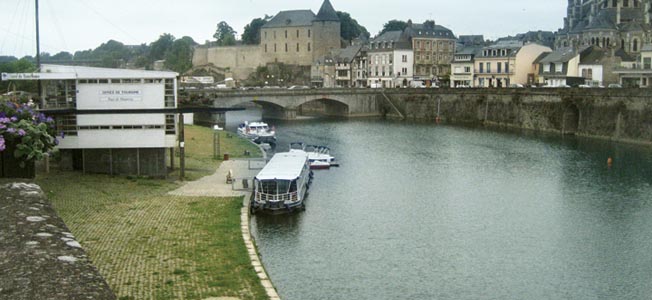
Hamilton, too, found himself face-to-face with confused Germans. Just after 11 pm, two German vehicles rolled up to his command post and three men got out of the first car. They were immediately fired on, and the Germans surrendered.
“Suddenly,” recalled Hamilton, “we were fired on from behind the two vehicles.”
The two German officers from the second vehicle had been ducking behind the first, hoping to escape. At that moment, a jeep mounting a .50-caliber machine gun buzzed around a corner and blasted the second vehicle, setting it on fire. Two captains, wielding Tommy guns, then ran around one side of the vehicles, firing at the Germans, killing or wounding them all. The fire Hamilton encountered had been from his own troops, but their work had been accurate and intense.
“The dead officer was so full of holes that he grotesquely resembled a sieve,” explained Hamilton.
The tally of German vehicles destroyed included seven cars, two motorcycles, and one truck. Two 88mm artillery pieces were also destroyed. The Germans were dazed and confused. Well west of the town German bombers dropped flares, unaware of how far east the Americans had advanced.
The next morning, August 6, the citizens of Mayenne emerged from their hiding places. One group unfurled a special flag. It was a homemade Stars and Stripes the local residents had sewn to welcome American soldiers during World War I. They had hidden the flag for the last four years until they were sure the Germans were gone. The flag represented the town’s official liberation.
More good news arrived that night with a German disguised as a French civilian. The German, captured close to midnight, told an American lieutenant that he had deserted the German Army on the Eastern Front and had been sentenced to death before escaping authorities. He explained that the Germans had at least 50 tanks and assault guns along the road 10 kilometers east of Mayenne, but that American fighter planes had attacked the German vehicles, leaving some wrecked or on fire. He also explained to his American captors that when he told the German commander that he was on his way to see wife in Mayenne, the officer told him: “You had better wait a day or two, overnight at least, because by that time we will have Mayenne again.”
“One of the Most Outstanding (Divisions) in the European Theater”
The Tough Hombres soon left Mayenne, replaced by the 1st Infantry Division. Flushed with confidence at their ability to maneuver and defeat the Germans, the men of the 90th would continue their drive to Le Mans as part of Patton’s encircling movement against the German left flank. While the victory at Mayenne was not perfect, officers and NCOs proved capable of inspiring their men to achieve the unit’s goals. The bridge over the Mayenne River proved vital for the drive surrounding the Germans in Falaise.
On August 19, the 90th helped seal the Falaise Pocket when the division closed on Chambois and linked up with Polish forces pushing south. The job had originally gone to the 80th Infantry Division, but when the green unit encountered difficulties it was up to the veteran Tough Hombres to complete the mission. The division went on to spearhead the crossings of the Moselle and Saar Rivers as well as help crush the Germans in the Battle of the Bulge. It also held the distinction of being one of the few divisions to remain with Patton’s Third Army through the war.
Bradley easily admitted that his problem division had become “one of our best divisions.” His decision to keep the unit intact and not break it up was proven correct. “We stayed with the Division,” he wrote in his memoirs, “and in the end, the 90th became one of the most outstanding in the European Theater.”
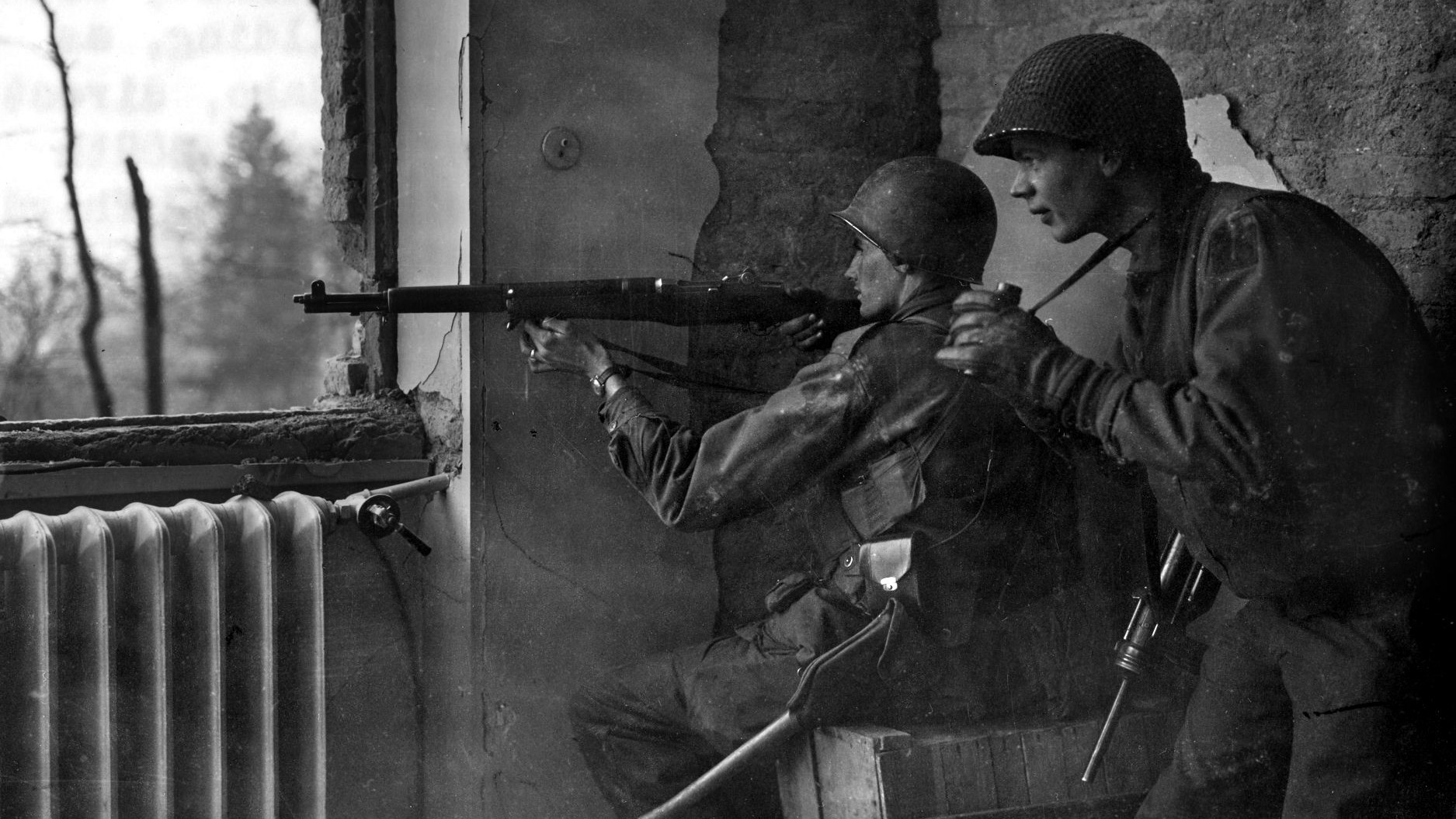
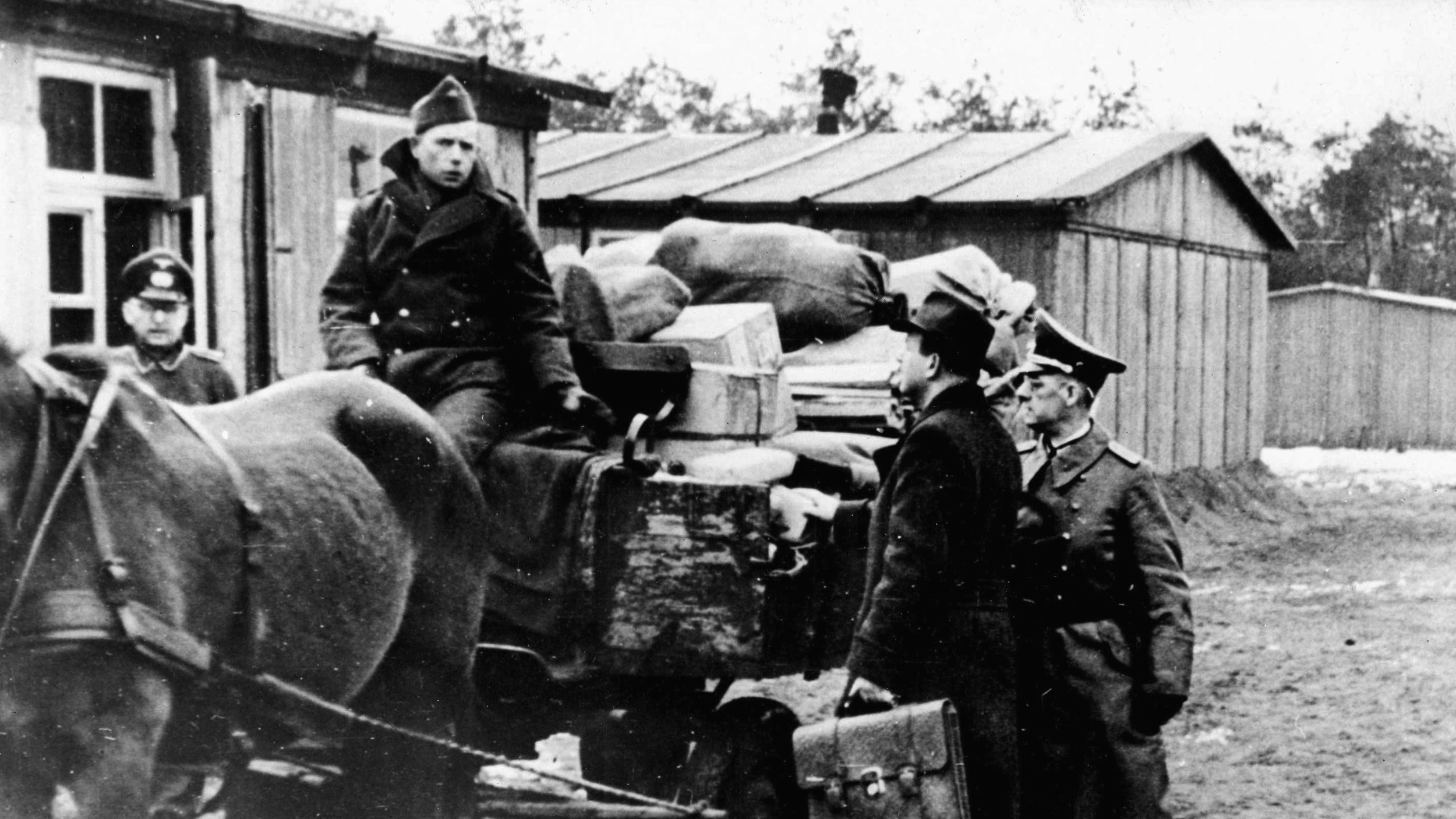
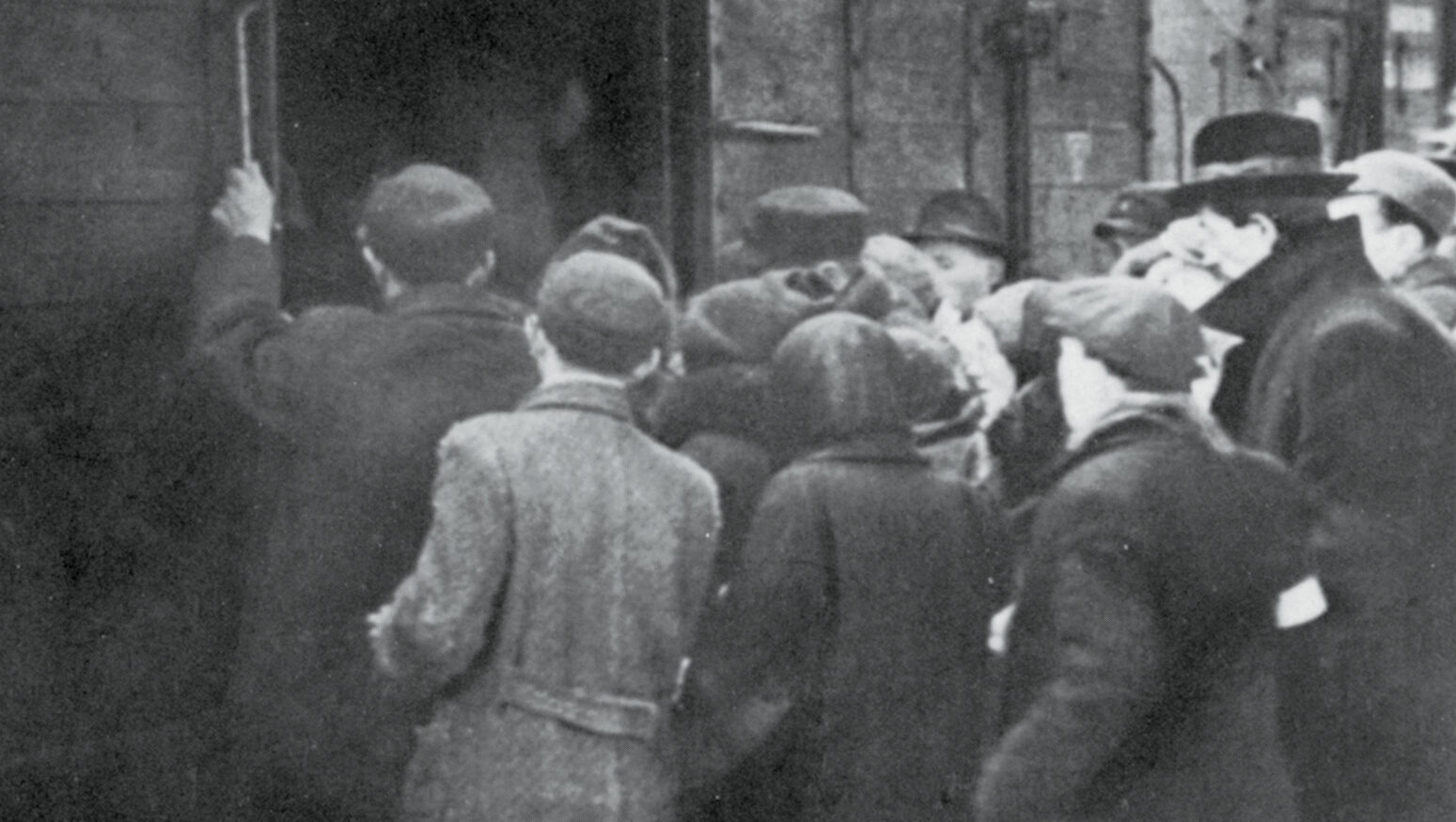
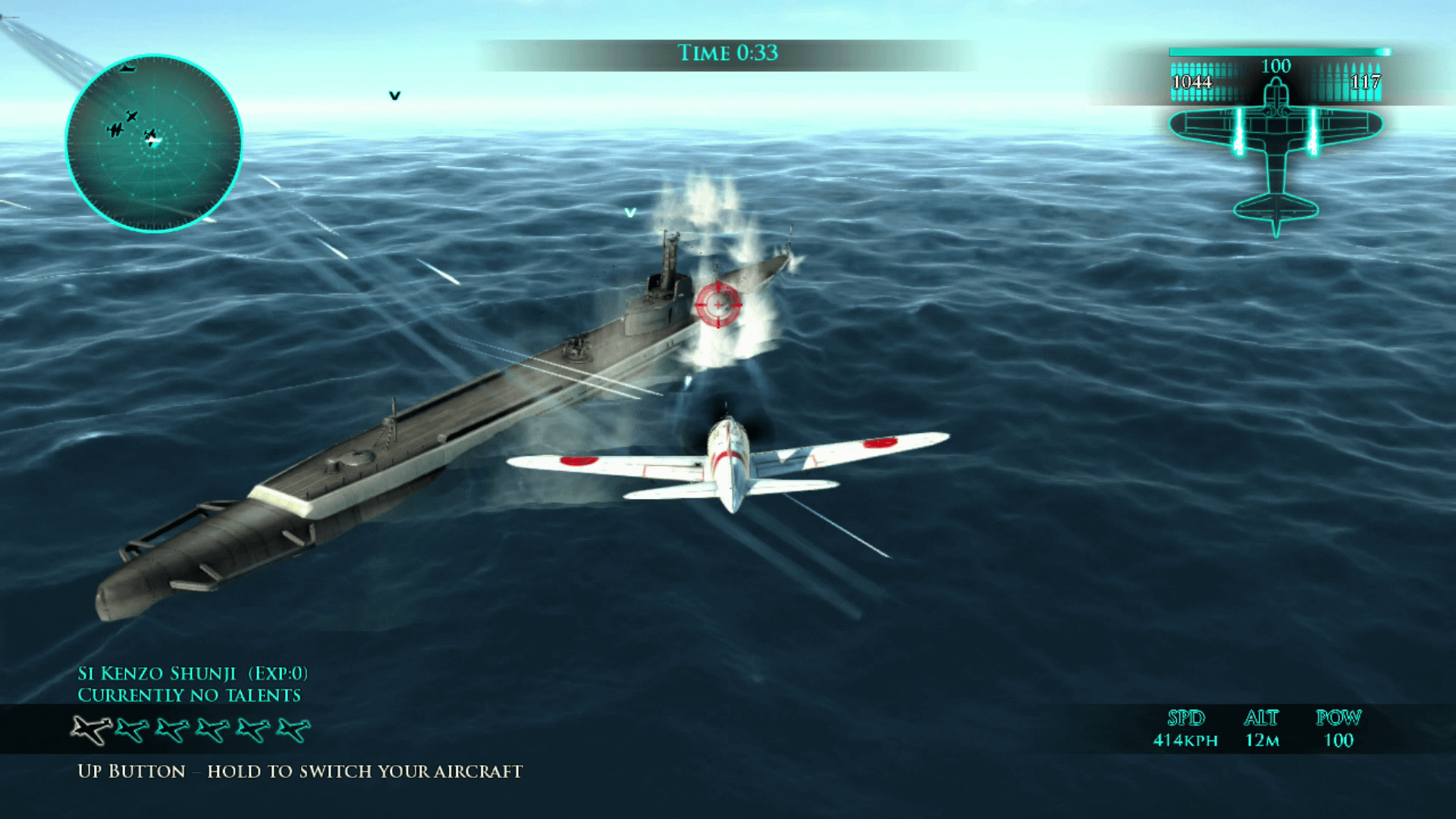
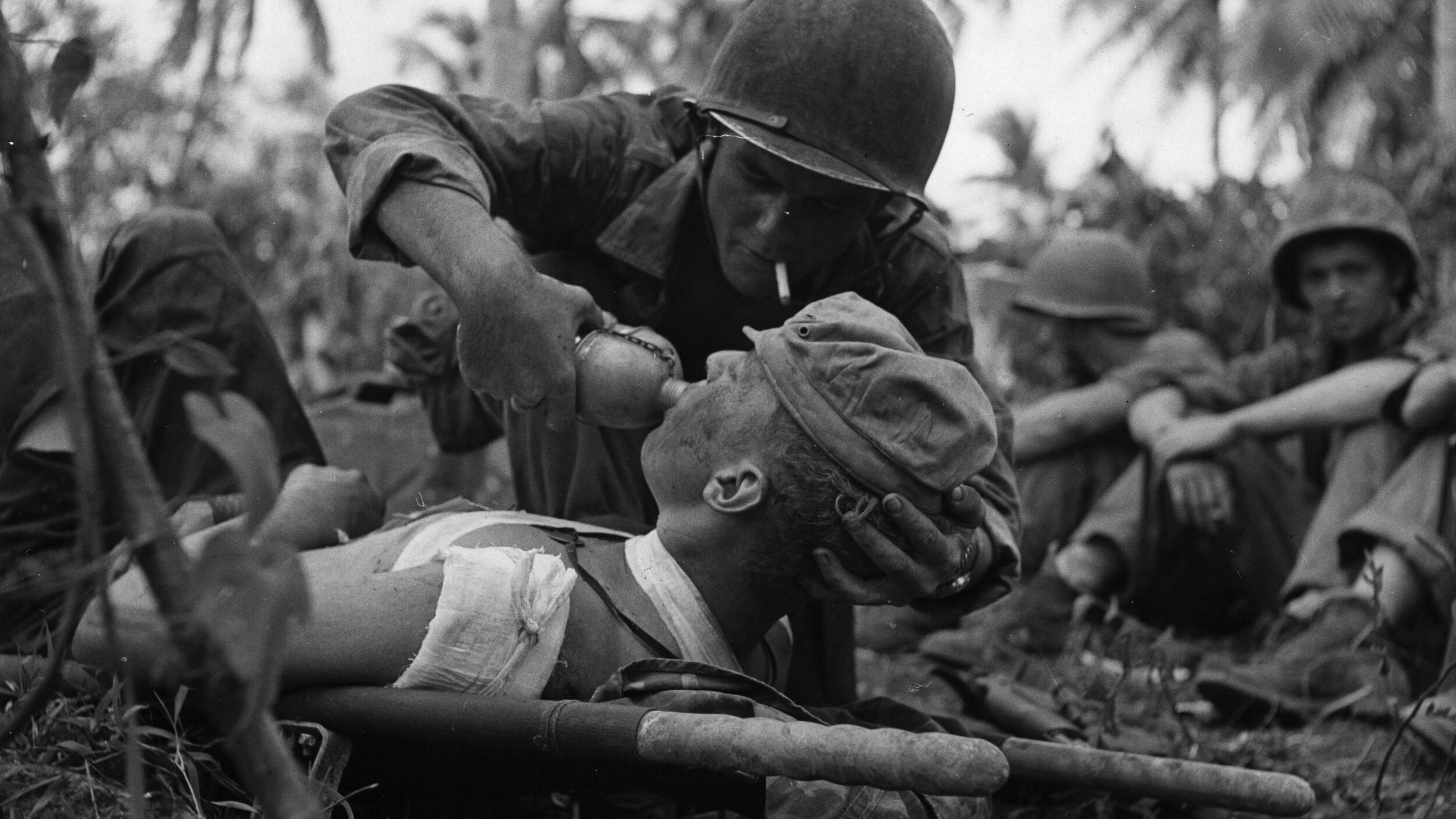
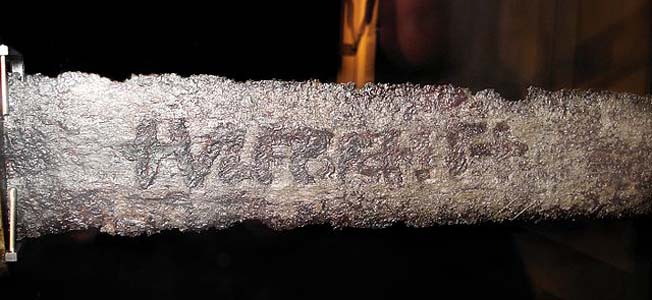
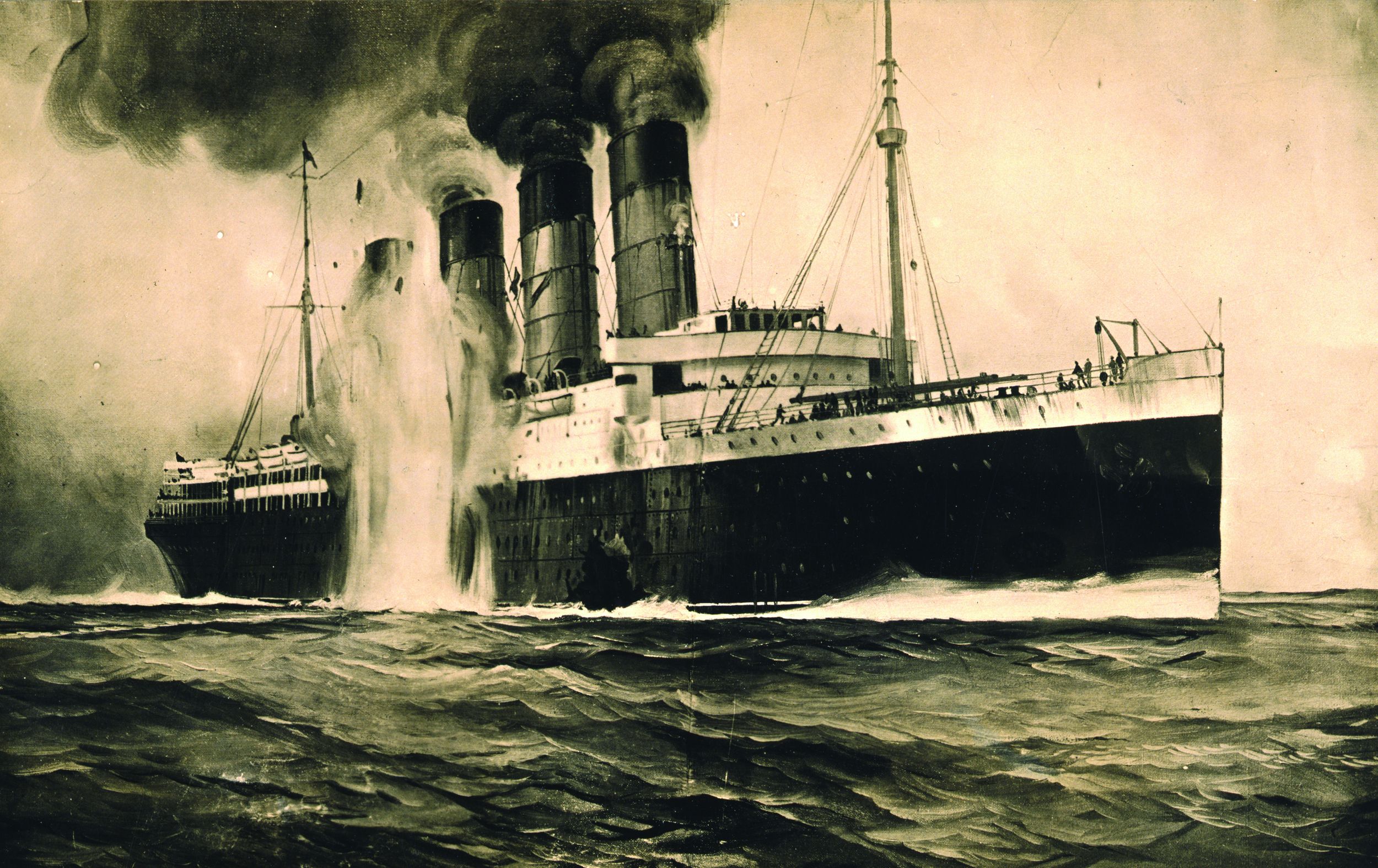
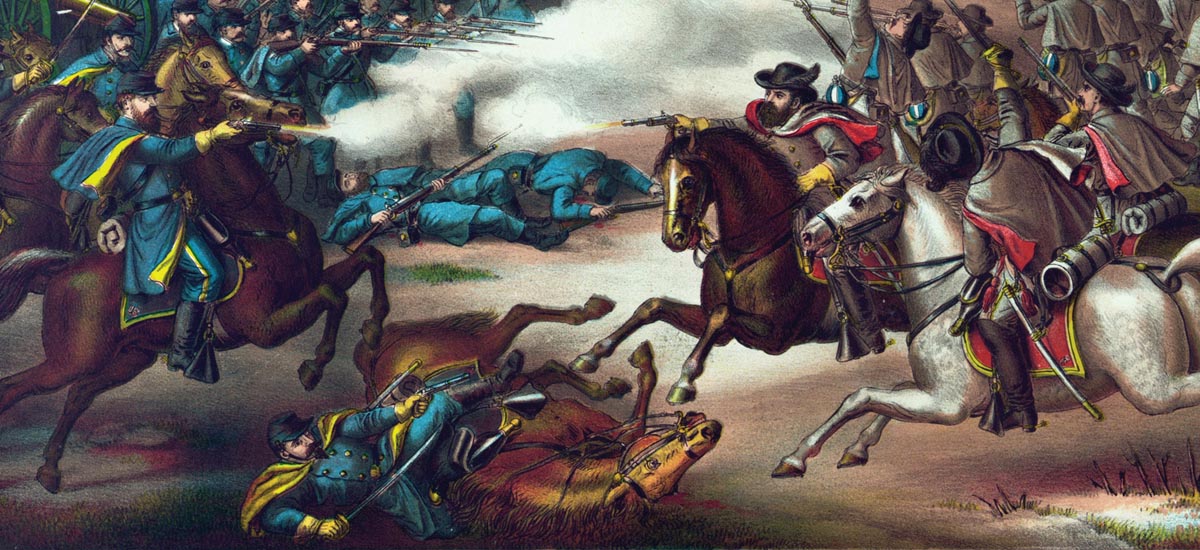
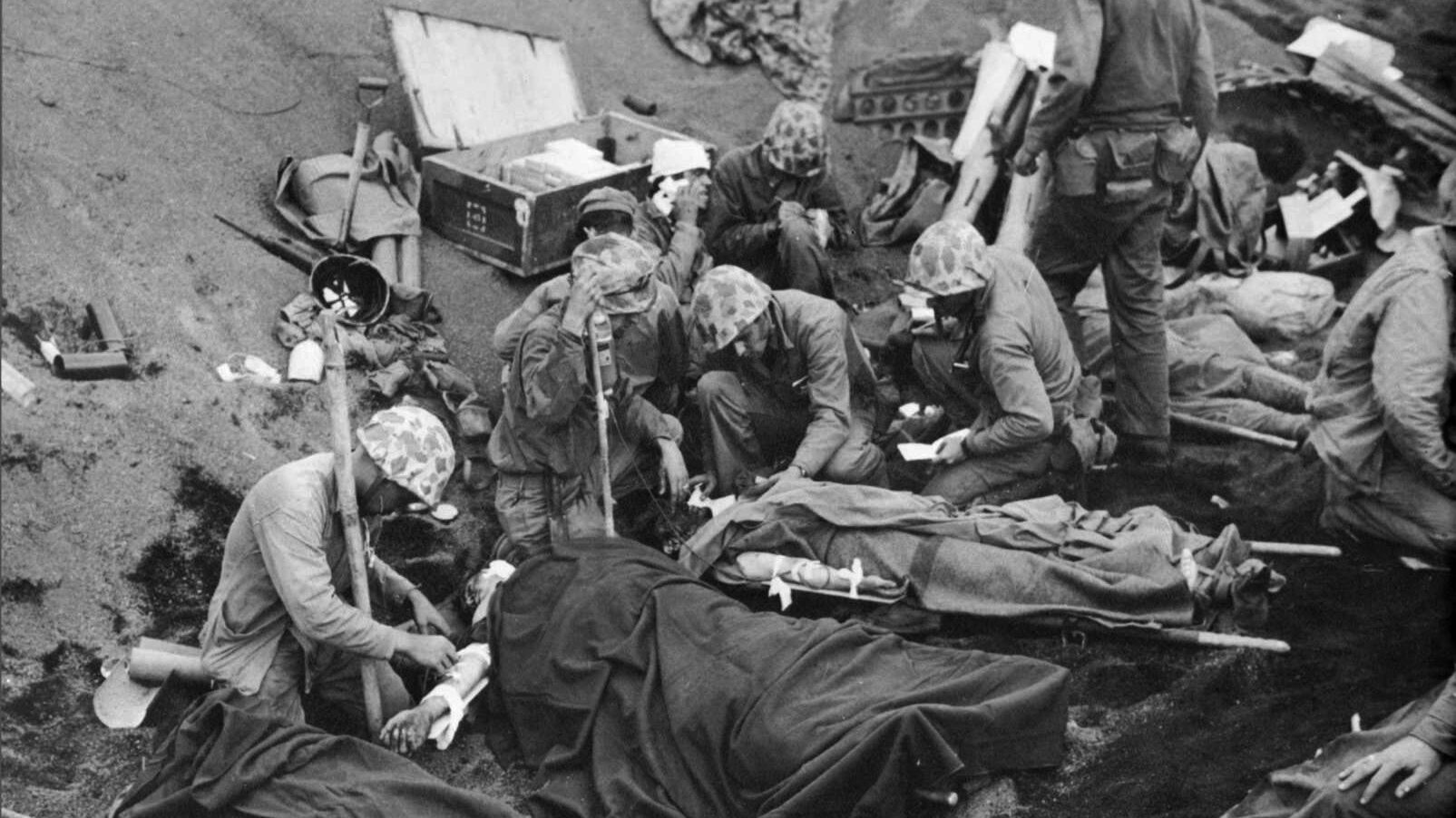
Join The Conversation
Comments
View All Comments